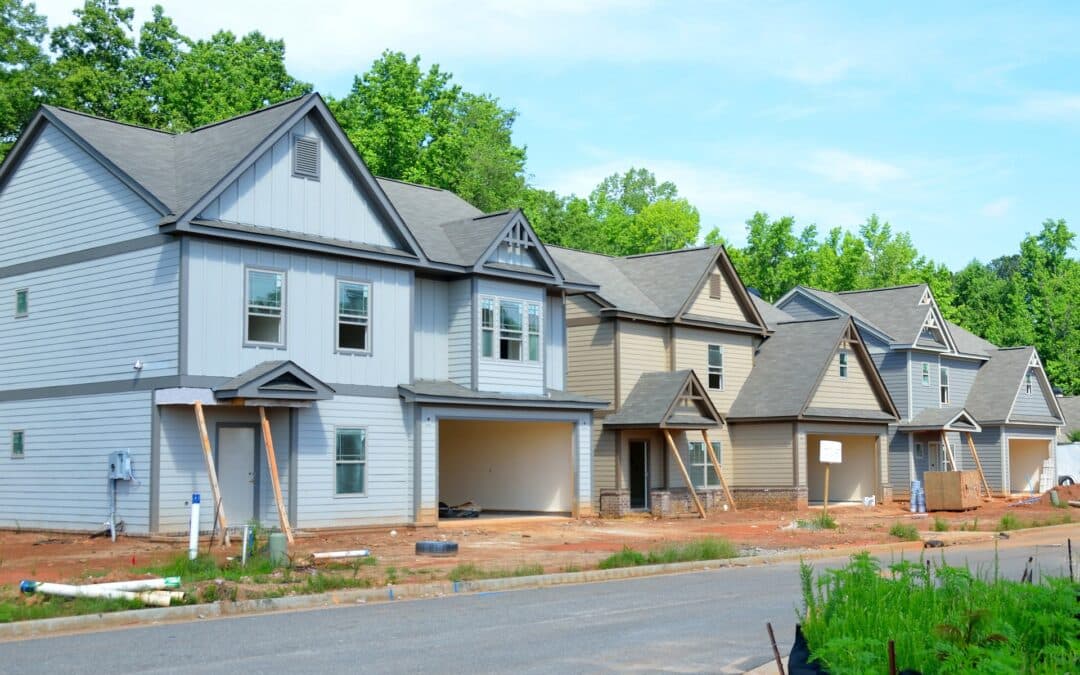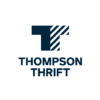Builder confidence in the market for newly built single-family homes during July posted a one-point uptick to 56 in the National Association of Home Builders (NAHB)/Wells Fargo (NYSE:WFC) Housing Market Index (HMI). This marked the seventh consecutive month of rising confidence among builders and the highest level of HMI confidence since June 2022.
The July HMI survey showed that builders’ use of sales incentives has declined, even though rates remained elevated and resale inventory options were limited. Only 22% of builders reported cutting prices in July, down from 25% in June and 27% in May.
The HMI index gauging current sales conditions in July rose one point to 62, while the component charting sales expectations in the next six months dipped two points to 60 and the gauge measuring traffic of prospective buyers increased three points to 40, the highest reading since June 2022. Looking at the three-month moving averages for regional HMI scores, the Northeast increased five points to 52, the Midwest popped up two points to 45, the South saw a three-point gain to 58 and the West was up by five points to 51.
“The lack of resale inventory means prospective home buyers who have not been priced out of the market continue to seek out new construction in greater numbers,” said NAHB Chairman Alicia Huey, a custom home builder and developer from Birmingham, Alabama. “At the same time, builders are troubled over rising mortgage rates approaching 7% and continue to grapple with supply-side challenges, including ongoing scarcity of electrical transformer equipment and growing concerns about lot availability.”
“Although builders continue to remain cautiously optimistic about market conditions, the quarter-point rise in mortgage rates over the past month is a stark reminder of the stop and start process the market will experience as the Federal Reserve nears the end of the ongoing tightening cycle,” added NAHB Chief Economist Robert Dietz. “There’s been some commentary linking gains for housing construction with increased concerns for additional inflation, but this has the economics backwards. More housing supply is good news for future shelter inflation readings in the market. Furthermore, higher interest rates increase the cost of financing for building homes and developing lots.”











